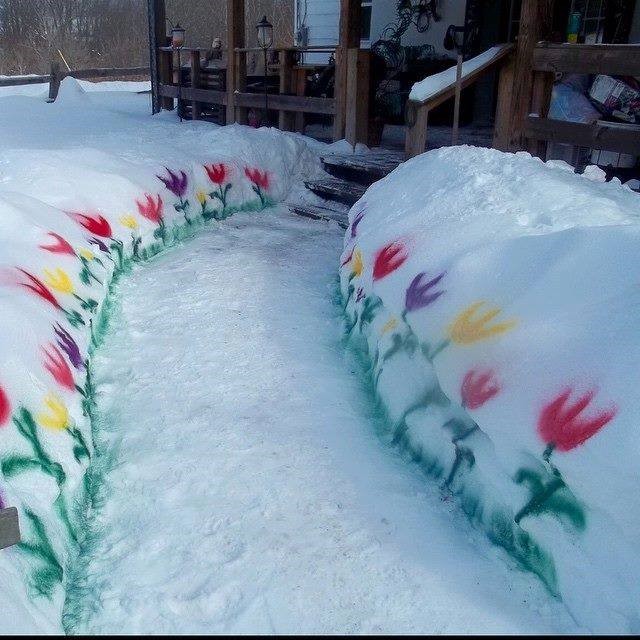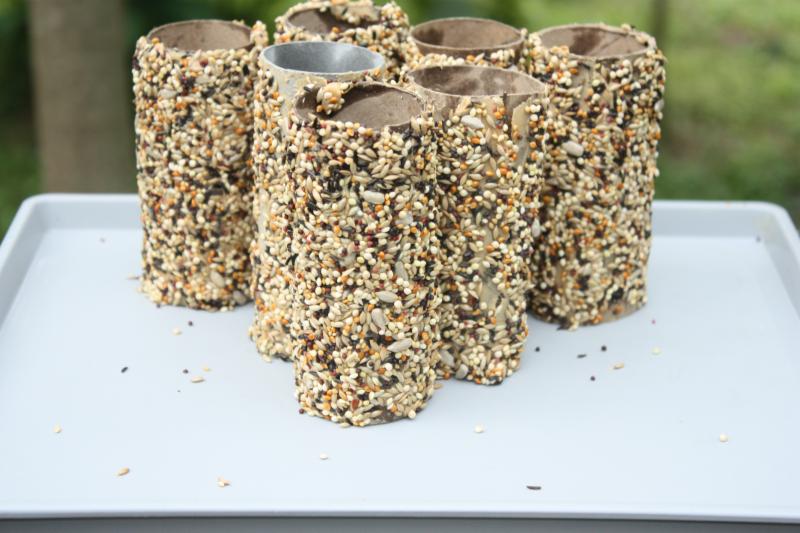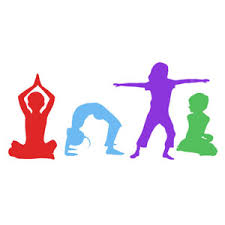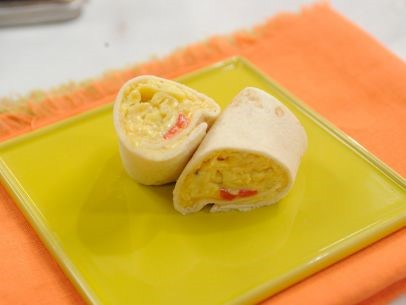|
#1 Play and Cognitive Skills in Kindergarten Predict Extracurricular Activities in Middle School
|
Cognitive skills and experiences like classroom-based play in kindergarten lead to participation in extracurricular activities in 8th grade among children growing up in poverty, finds a new study led by NYU Steinhardt.
|
Why is a large vocabulary important for children? Because it's linked to their reading and school success.
Families can foster children's vocabulary through conversations, reading aloud, and singing.
|
|
#3
Governor's Budget on Child Care Disappoints
|
Governor Cuomo's new Enhanced Middle Class Child Care Tax Credit is great news for NY families earning between $60,000 and $150,000 who need help paying for child care.
But right now, 83% of lower-income families that are eligible for a child care subsidy can't get one.
But the Governor's proposed budget does not include any new child care funding, which
means eligible children will continue to wait AND needed federal health and safety child care regulations will be further delayed.
Though we advocate for more Westchester County child care funding, most of the funds are state and federal. This failure to significantly increase child care in the state budget is going to make life hard for low-wage earning families in Westchester and all over the state.
We'll be working here in Westchester and in Albany to get more child care funding. To let the Governor and your state legislators know that child care is important to you, send a letter. Just click here:
Fund Child Care 2017
|

Snow Fun!
There is snow on the ground! What a wonderful opportunity for learning for all children inside and outside.
Snow Inside -
If it is too cold or windy to go outside, fill pots or tubs (large and small) with snow and play inside.
- Put gloves and mittens on the children and let them explore the snow. Dig with shovels, scoops, spoons, and a variety of small containers and buckets.
- Add construction trucks and move the snow.
- Put food coloring in small cups of water and give the children eyedroppers. The children will be developing sequencing through the steps of working with an eyedropper, fine motor skills and eye-hand coordination while they decorate the snow.
- Have a scavenger hunt with colored ice cubes: Put food coloring in water and freeze it in ice cube trays. Hide the ice cubes in the snow for the children to find.
- Watch the snow melt. How long does it take? Is there more or less water than there was snow?
- Put the melted snow outside or in a freezer or both. What happens?
- Make bird feeders and talk about how animals can't find food when snow covers the ground.
Snow Outside -
Yes, it is a lot of work to get children into snowsuits, boots, hats, and mittens and get them outside, but it is worth every minute to do this.
Why you should suit up and go outside
-
- It is so much fun to play in the snow.
- Fresh air is healthy.
- There is a great deal of learning for children in learning to put on snow suits and boots. Even two's can lay down on top of their suit and wiggle in their legs and arms and then pull on their boots. The adults don't have to do all the work. The children will be learning to get their hands to work together, and you will get outside much quicker.
Once you are outside
-
- A snow playground or yard is an enormous "sand box." Get out the sand toys and let the children dig and explore.
- Create a construction site with dump trucks, bull dozers, front end loaders, etc. and have the children to transport the snow on the site.
- Shovel! Give the children child sized snow shovels.
- Make snow people and snow animals.
- Fill a spray bottle with colored water. The children can "paint" the snow using the spray bottle.
- Have a scavenger hunt with colored ice cubes: Put food coloring in water and freeze it in ice cube trays. Hide the ice cubes in the snow for the children to find.
- Bubbles - When the temperature drops below 32 degrees, blow bubbles and watch them freeze on the wand.
- Bring out the baking pans especially ones with shapes. Make snow cakes and decorate with bits of nature that can be found.
- Throw snowballs at a target - a hula hoop or a circle drawn with colored water.
- Build a fort. Use sand buckets, loaf pans, and cut-up empty milk cartons to make a cool snow castle.
- Create a maze. Put on your hiking boots and stamp out a path for your kids to follow.
- Make footprints. Are everyone's the same pattern and size? Look for animal footprints in the snow.
Resources:
|
 Measles Measles
What You Need To Know
There have been an increase in cases of measles and outbreaks in several locations. According to the Centers for Disease Control and Prevention, from January 2 to December 31, 2016, 70 people from 16 states were reported to have measles. The states involved included New York, Alabama, Arizona, California, Colorado, Connecticut, Florida, Georgia, Hawaii, Illinois, Massachusetts, Minnesota, North Carolina, Tennessee, Texas, and Utah.
In 2015, 188 people from 24 states were reported to have measles. The greatest number of cases since measles elimination was documented in the U.S. in 2000 occurred in 2014, with 667 cases from 27 states.
What is Measles
Measles virus is a highly contagious viral disease that may have serious and at times fatal consequences.
Infected people can spread measles to others from four days before through four days after the rash appears.
How it spreads
It spreads easily by contact with respiratory discharges from the nose or mouth and from saliva. It is transmitted by coughing, sneezing, sharing eating utensils and mouthed toys. The virus can live up to two hours in an airspace where the infected person coughed or sneezed, as well as surfaces contaminated by the virus. Measles is so contagious that if one person has it, 90% of the people close to that person who are not immune will also become infected. The virus can spread to others from four days before through four days after the rash appears.
Symptoms
Once a child is exposed to and infected with the measles virus, the first symptoms will not appear for about 7 to 14 days (Incubation Period).
The first set of symptoms resembles cold-like symptoms, including a cough, runny nose, high fever, red and watery eyes. These symptoms tend to get worse during the first 1 to 3 days of the illness. Young children may develop other symptoms, including an ear infection, croup, and diarrhea. In some children, the infection causes pneumonia and there have been a few cases of encephalitis (infection of the brain).
The rash appears after the child has been ill for about 2 to 3 days. The rash first starts as tiny red bumps that then form larger patches of red. It usually begins on the face and neck and then spreads to the torso, arms, and legs. The rash lasts for 5 to 8 days before it begins to go away.
|
The Council is Here for You... Resources & Referrals!
Financial Help!
After School Care too!
|
Call us at
914-761-3456 ext 140,
visit www.childcarewestchester.org
or
email us at [email protected]
Our FREE Services are:
- Consultation with a trained Counselor
- Online child care search
- Information to help pay for child care
- Guidelines to choose a quality child care program
- Checklist for your visits
- And much, much more...
|
|
|
- Measles and child care
- NYS Budget
- Fun with Snow!
- Fun family activities
|
|
What's happening at the Council
|
Wine Tasting
March 2017, more details coming soon
2017 Spring Conference for Family/Group Family Child Care Providers
Saturday, April 22, 2017... Treat your caregiver to a wonderful day of training.
2017 Annual Awards Breakfast
"Make Magic Happen"
Friday, May 19, 2017
8:00am-10:00am
Westchester Marriott
Tarrytown, NY
Council Office Closing:
|
 |

As the winter continues on and activities become less available ice skating remains one of the most fun winter activities for adults and children. Westchester County has lots
of opportunities to participate in this winter sport:
- Blue Mountain Reservation, Peekskill More Info
- Ebersole Ice Rink, White Plains More Info
- Franklin Delano Roosevelt Park, Yorktown Heights More Info
- Hommocks Park Ice Rink, Larchmont More Info
- Ice Hutch, Mount Vernon More Info
- Lasden Park, Katonah More Info
- Playland Ice Casino, Rye More Info
- The Harvey School Evarts Rink, Katonah More Info
- Tibbetts Brook Park, Yonkers More Info
- Wampus Pond Park, Armonk More Info
- Westchester Skating Academy, Elmsford More Info
|

Help the birds in your neighborhood survive the long, cold winter by feeding them. Make a Creative bird feeder with your children.
Check out this bird feeder idea:
|

Wednesdays 10:30am
Where:
Croton Free Library
Children's Pilates
Date: 2/6/2017 10:45am
Where: Mount Vernon Library 25 S. 5th Ave Mount Vernon
|
There are no current parent trainings in December but you can
go to
for a full list of trainings when they are available.
|
|
Job Openings At the Council
|
We're looking for a Few Good Women & Men
Come work at the Child Care Council and make a difference in the life of a child. We currently have the following openings:
|
 |
 |
Mini Breakfast Burritos

INGREDIENTS
- 4 eggs lightly beaten
- 1 teaspoon butter
- Kosher salt and freshly cracked black pepper
- 1/2 cup grated Cheddar
- 2 tablespoons chopped roasted peppers (can substitute vegetable)
- Eight 4-inch whole wheat tortillas
DIRECTIONS
-
In a small saucepan over medium heat, cook the eggs with the butter, stirring constantly, until the eggs are slightly runny, about 3 minutes Take them off the heat and season with salt and pepper. The residual heat will cook them through. Fold in half of the cheese and the chopped peppers.
-
To build the burritos microwave the tortillas to soften. Divide the mixture among the center of the tortillas and top with the remaining cheese. Fold up the bottom third of the tortillas, fold the ends in towards the center and continue rolling to a small cylinder shape. Serve immediately
|
|
 |
|